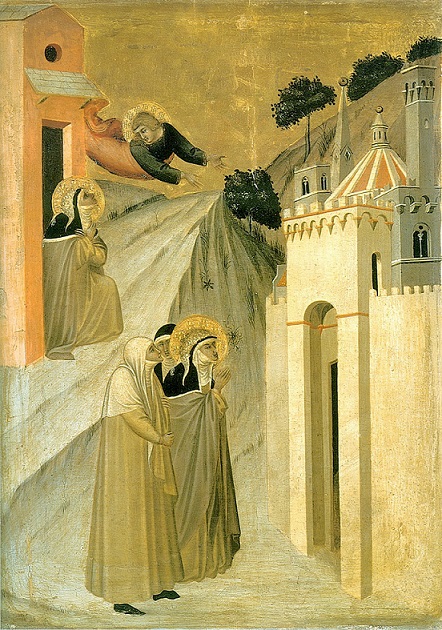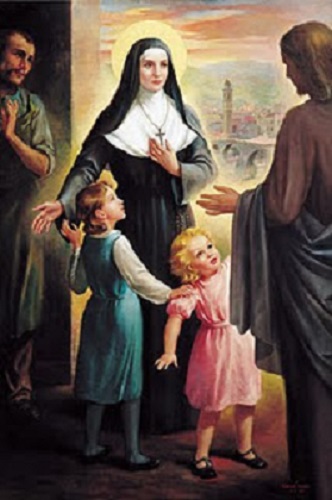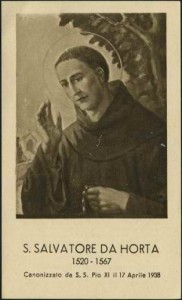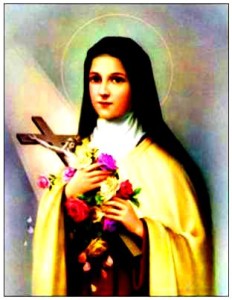
St. Catharine of Bologna
Image: Catholic Bible 101
(EWTN) Born to a noble family in Italy Bologna, Catharine moved to Ferrara, where she entered the court of Niccolo III d’Este, as a Maid of Honor, there she was educated which later would serve her during her religious life when she used the ‘cultural and artistic knowledge’ she gleaned over the years to her advantage.
In 1427 Catharine at the age of 14 left the court to dedicate herself to a religious life in a community of young Women–two years later, the leader of this community founded an Augustinian Convent but Catharine and 15 other Sisters preferred Franciscan spirituality and established a ‘Poor Clare’ monastery in Florence according to Franciscan Media and as Abbess, Catharine worked to preserve the peace of the new community, her reputation for holiness drew many young Women to the ‘Poor Clare’ life.
Catharine passed away in 1463 and was Canonized in 1712 by Pope Clement XI
On the 29 December, 2010 Pope Benedict XVI spoke of Saint Catharine of Bologna and said that she was a ‘humble Woman–dedicated to prayer but was always ready to serve; generous in sacrifice but full of joy in welcoming Christ with the Cross”
In Catharine’s autobiography The Seven Spiritual Weapons (available from Amazon) Pope Benedict said, “Catharine offers in this regard teaching of deep wisdom and profound discernment, she speaks in the third-person in reporting the extraordinary graces which the Lord gives to her and in the first-person in confessing her sins…she identifies seven weapons in the fight against evil against the devil:
- (1) Always to be careful and diligently strive to do good;
- (2) To believe that alone we will never be able to do something truly good;
- (3) To trust in God and for love of Him, never to fear in the battle against evil, either in the world or within ourselves;
- (4) To meditate often on the events and words of the Life of Jesus and especially on His passion and His death;
- (5) To remember that we must die;
- (6) To focus our minds firmly on memory of the goods of Heaven;
- (7) to be familiar with Sacred Scripture, always cherishing it in our hearts so that it may give direction to all our thoughts and all our actions. — A splendid program of spiritual life, today too, for each one of us.”
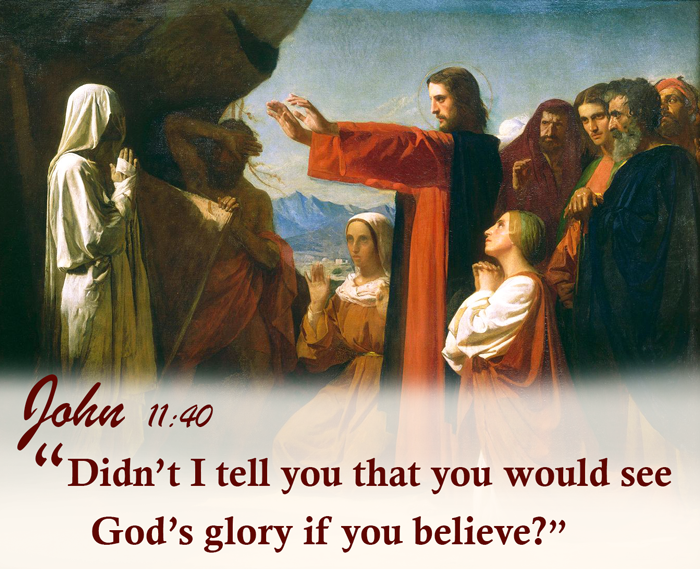 Lazarus the Friend of Jesus and Brother of Martha & Mary
Lazarus the Friend of Jesus and Brother of Martha & Mary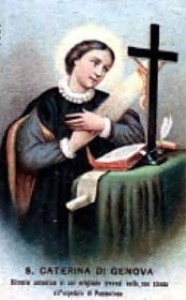
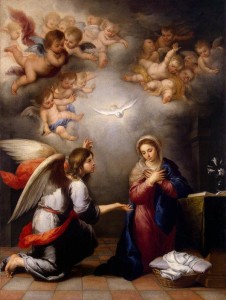
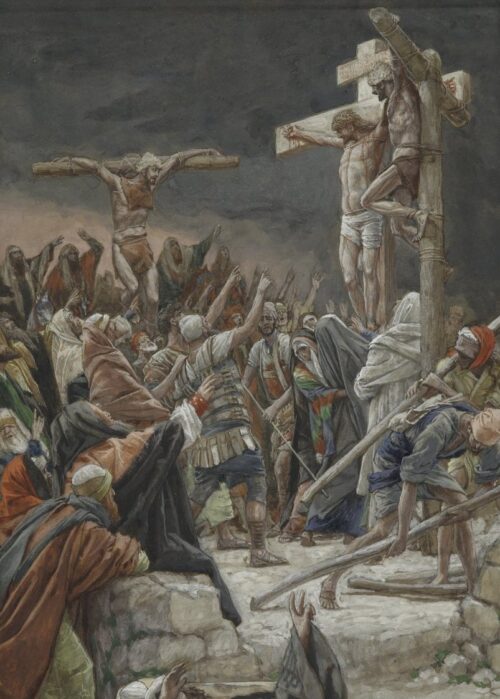 St. Dismiss, Penitent Thief, Canonized from the Cross
St. Dismiss, Penitent Thief, Canonized from the Cross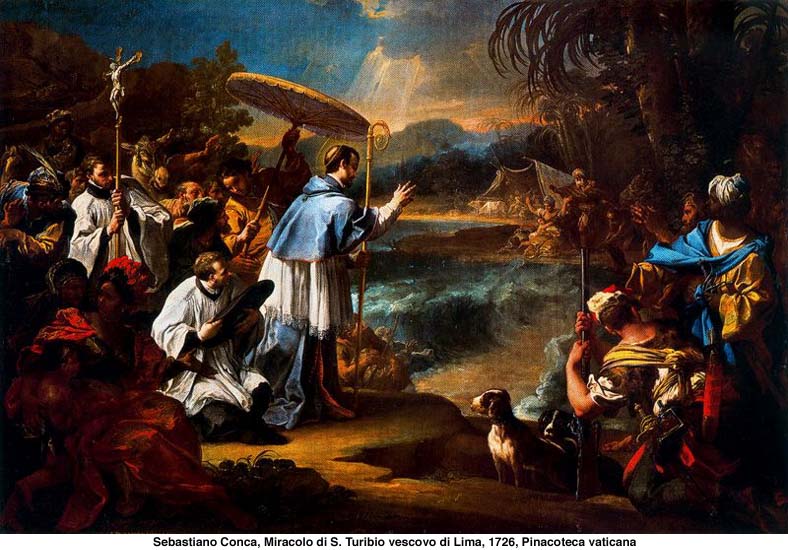 Saint Turibius of Mogrovejo (1538-1606)
Saint Turibius of Mogrovejo (1538-1606)